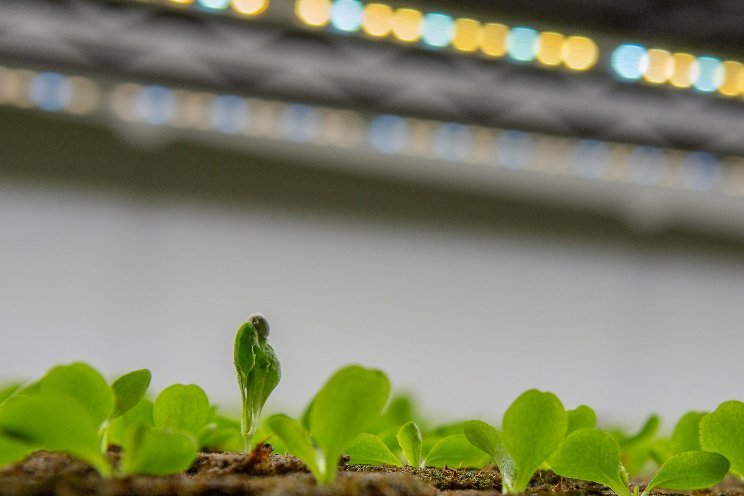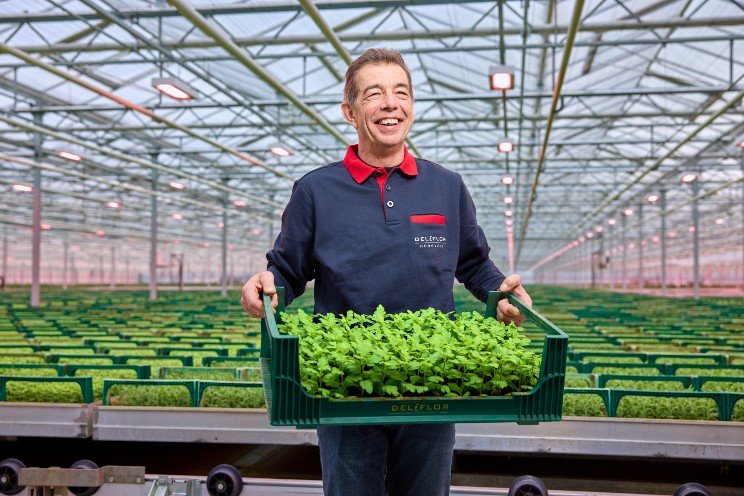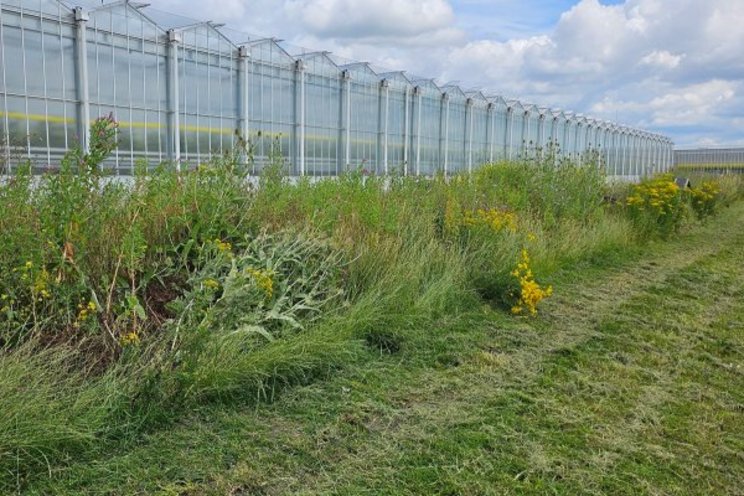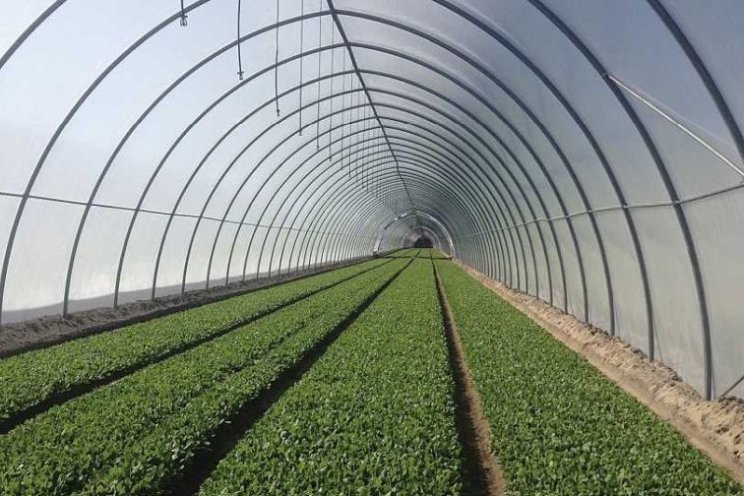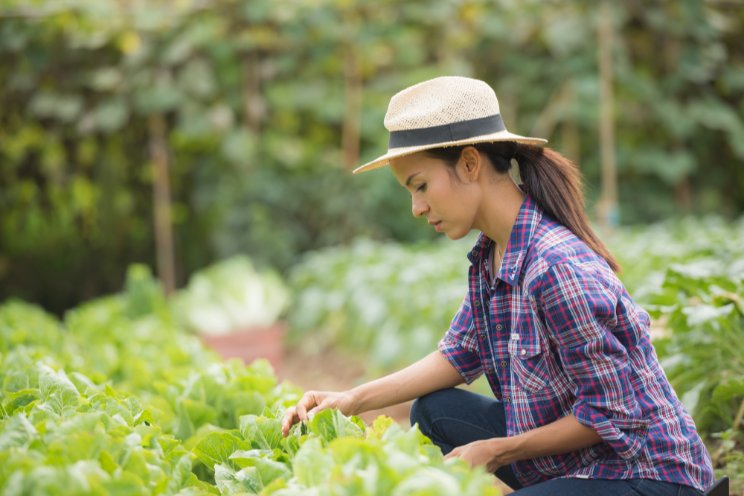Vertical farming: How it is upcoming alternative
Added on 25 October 2022
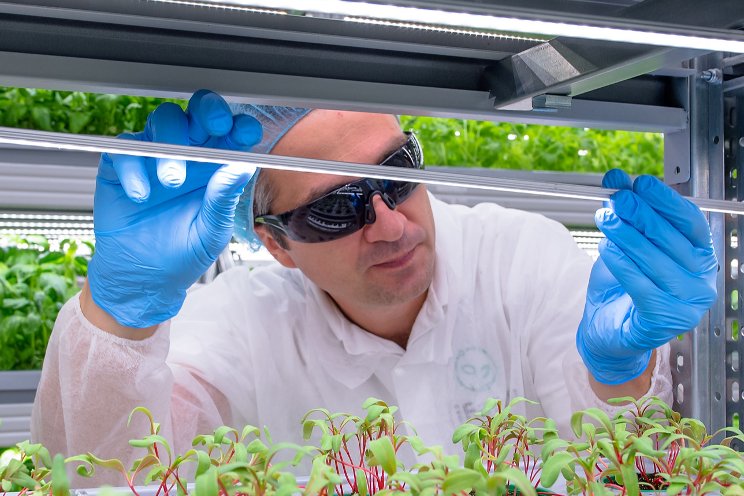
This is where the need for technological innovation in the farming processes arises and the idea of vertical farming is one among them.
What is Vertical farming?
Controlled environment agriculture (CEA), commonly known as Vertical Farming makes use of structures to grow crops vertically in indoor facilities. It not only majorly reduces the requirement for water but also increases yield and the ability to cultivate a larger variety of crops.
This technique of indoor farming facilitates the cultivation of all crops even those that are not suitable for the local climatic conditions, which means growing tomatoes near Haryana or potatoes near Kerala.
How Vertical farming is the future of farming?
Vertical farming is most associated with urban farm production systems– easily integrating into urban landscapes, reducing the length of supply chains. This style of farming uses LED lighting instead of sunlight and rain with controlled growing and nutrition systems. Also constantly monitored and adjusted factors of production such as temperature, lighting, nutrients, irrigation, and air circulation are done.
Vertical farming can be done throughout the year without fearing weather conditions. Crops can be easily grown in stacked layers in skyscrapers, warehouses, or shipping containers, among other receptacles as it pushes away reliance on skilled labor, high soil fertility, and water consumption.
The vertical farming system consumes 75 percent less raw material than traditional farming with just 60 watts of power daily to grow 150 kg of vegetables in a month. For obtaining this quantity, it needs just 7 m2 of space as compared to traditional farming requiring at least 70 m2 of land area. Also, the requirement of water would be just 10 L to produce 1 kg of vegetables due to recycling as against 300-400 L under traditional farming estimated by the Food and Agriculture Organization of the United Nations (FAO).
Recently, Dubai opened the ‘World’s largest vertical farm’ that is set to produce more than 900 tonnes of leafy greens annually and will grow lettuces, arugula, mixed salad greens, and spinach, using less water than crops grown in fields.
Its two main advantages are growing more food in less space and eschewing pesticides.
Photo Courtesy of iFarm
More news

